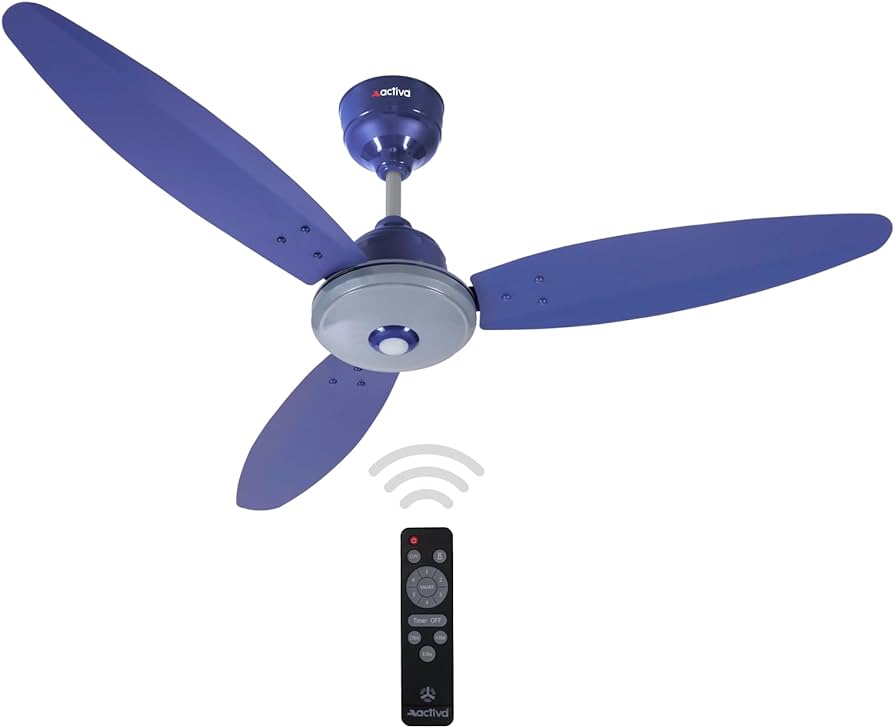BLDC Fans
Fans are an integral part of every individual’s life. A Brushless DC Fan so-called BLDC fan come up with a new technology called Brushless DC technology (BLDC) that has been introduced in the fans nowadays.
BLDC stands for BRUSHLESS DIRECT CURRENT MOTORS. In previous days DC motors have a commutator along with brushes. With the passage of time and new technology, it has become possible to eliminate the brushes from DC motors.
A Brushless Direct Current Motor (BLDC) is an electric motor that is powered by DC electric source. The motor converts electrical energy into rotational (mechanical) energy.
BLDC motor uses an integrated inverter power supply to provide an electrical signal to drive the motor.
Traditional ceiling fans run on AC induction motors. But, fans with BLDC technology use Brushless DC motors that cut power consumption by 65% and increase the lifespan of the fans.

Advantages of Brushless DC Fans:
A brushless direct-current (BLDC) motor is an advanced electric motor with an electronic commutator system. Prominent advantages of BLDC motor fans over induction motor fans are
- BLDC motor fans do not run via regulators because of their distinct electrical design. They operate on the remote control. Accurate Speed control, with the help of the remote control, can set the speed, timer, and even sleep. This feature makes it convenient to use.
- BLDC motor fans consume low power, making them inverter-friendly and cost-saving machines.
- BLDC fans use less power than an induction motor fan. BLDC fans consume around 35 Watts, unlike an ordinary fan that consumes about 80 Watts. That proves them the energy-efficient fans.
- Although the cost of BLDC fans is high compared to ordinary fans a BLDC fan is a money saver for the customers as it saves up to Rupees 1000-1500 per year.
- BLDC motor has a longer life span as they do not get heated because of the magnetic fields around the fan, not in the center of the fan. A standard fan gets overheated.
- BLDC fans are silent as compared to a standard fan due to the absence of brushes on the rotor, and the commutation is performed electronically.
